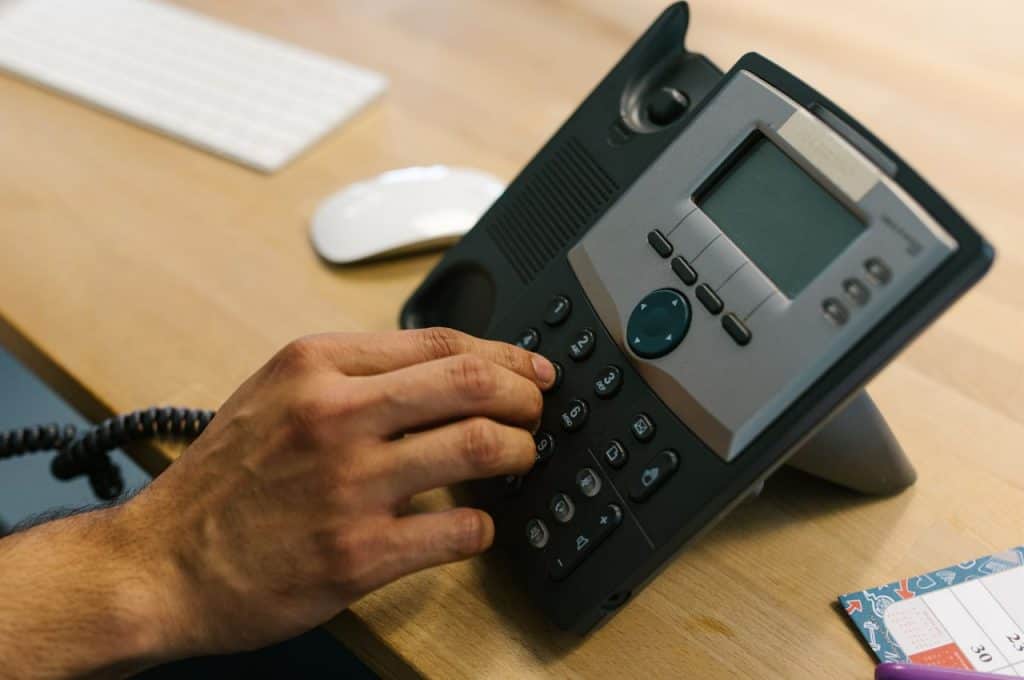
How Interactive Voice Response Improves the Customer Experience
How Interactive Voice Response Improves the Customer Experience https://www.voicenext.com/wp-content/uploads/2023/04/Untitled-design44.jpg 1280 850 VoiceNEXT | Your Next Phone Company https://www.voicenext.com/wp-content/uploads/2023/04/Untitled-design44.jpgThe Benefits & Best Practices of Interactive Voice Response (IVR)
Interactive Voice Response (IVR), or Auto Attendant, is an automated phone system technology that allows callers to interact with your telephone system through input from their telephone keypad or speech recognition. A well-built IVR can route calls internally, externally, or provide self-service options.
What are the Benefits of an IVR?
A well-designed IVR will help increase customer satisfaction while allowing your employees to manage their calls and workload more efficiently. During times of high call volume, an IVR can alleviate hold time for your callers by routing them to the proper person or department or even allowing them to perform basic tasks themselves. Rather than being bounced around from person to person, your callers can instantly get to where they need to be.
The Bad Reputation for IVR
Despite the numerous benefits for both business and caller, IVR has a few drawbacks in the eyes of many consumers. According to a study conducted by NYU, only 16% of consumers feel that IVR systems benefit them at all! Participants in the study reported that many IVR systems were difficult to use or believed that the IVR was only being utilized as a cost savings opportunity for the companies deploying them.
The Problem Isn’t IVR Technology. It is Poor IVR Design
With such high customer dissatisfaction, it is easy to write off IVRs altogether. Forcing callers to enter information, playing complex and drawn-out messages, and having no easy way to reach a live person are just a few of the headaches a poorly designed IVR creates for a caller. A well-designed IVR does just the opposite – it gets callers to a live person or provides them with the information they need in a timely manner. The issue is not with IVR technology but rather its implementation. Read on for six ways to improve your IVR design.
6 Ways to Improve Your Business IVR
1. Always Give Callers the Option to Speak to a Live Person.
The first rule of setting up an IVR is always to create an easy avenue for a caller to reach a live associate. The option to reach a live person should be evident and frequent throughout your IVR menus.
2. Offer Time-Based Routing.
No one wants to sit through an IVR just to find out that the business is closed or their message ends up in a voicemail box. Your IVR options should change based on the hours and availability of your business, and set clear expectations for your callers while they navigate the menu.
3. Keep Your Main Menu Options to 30 Seconds or Less.
Keeping your main menu simple, clear, and efficient lowers customer frustration and keeps callers on-task.
4. Make Your IVR Sound as Life-Like as Possible.
If possible, have a real person record your IVR greeting. Customers respond better to hearing a person’s voice than a robot’s. If using a pre-recorded voice, choose one that sounds realistic.
5. Offer Multiple Languages.
Multiple language offerings will help callers who do not speak the primary language and foster appreciation from those customers.
6. Information Entered By a Customer into the IVR Must Be Extended to Your Associates.
One of the most frustrating experiences for a caller is having to repeat themselves when they finally speak with an associate. Ensure any information entered in the IVR is passed along to your associates, so your customer is not repeating themselves.
Setup a well-designed IVR with VoiceNEXT today
A well-designed IVR is a win-win. Contact us today to design an IVR for your business.



